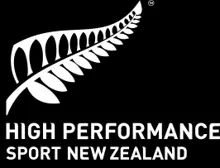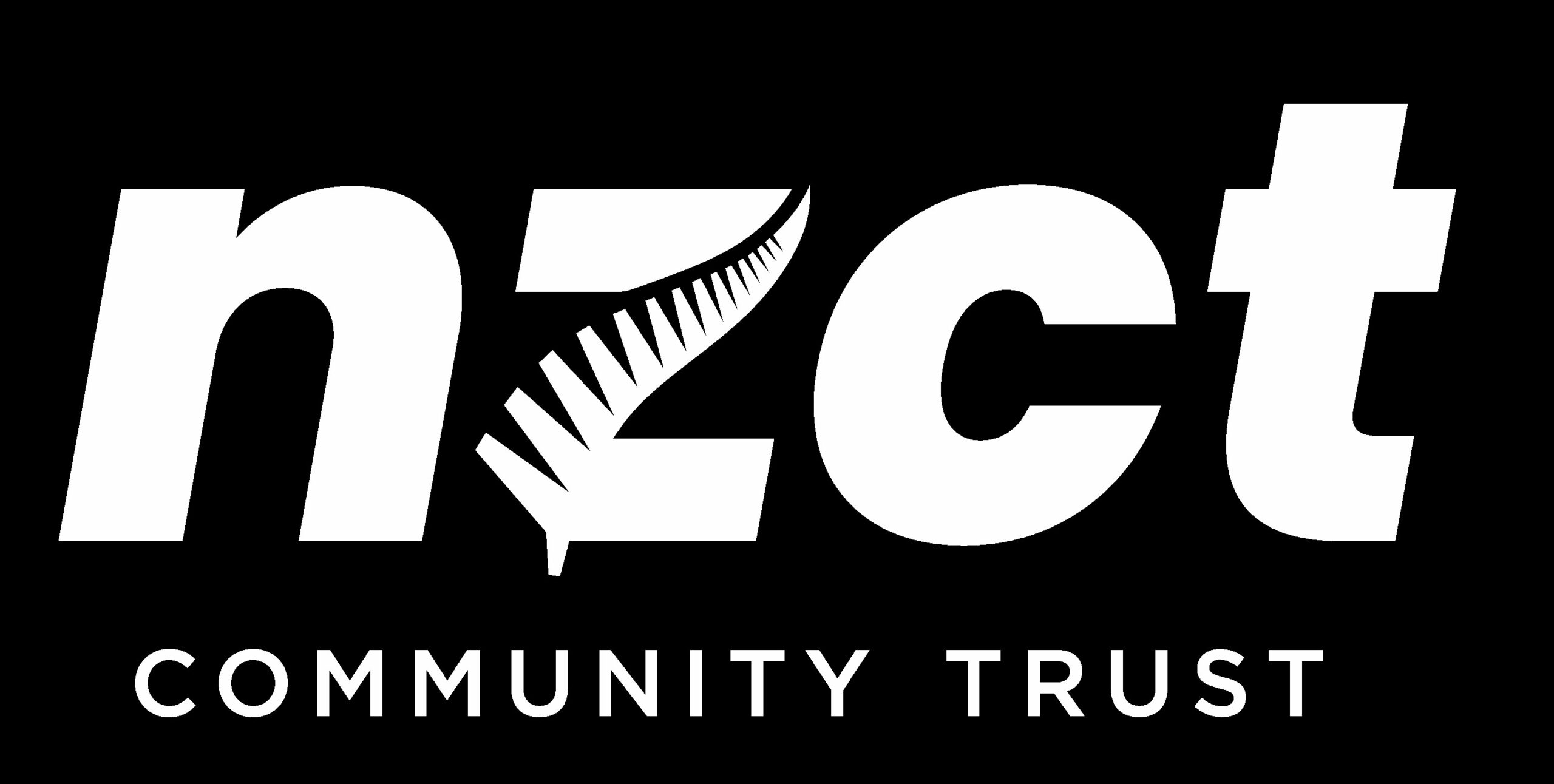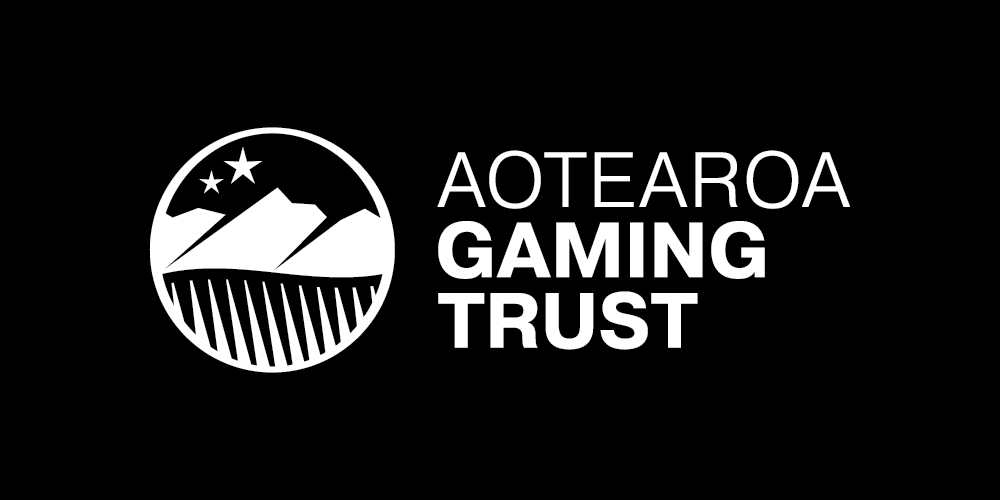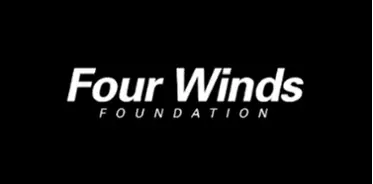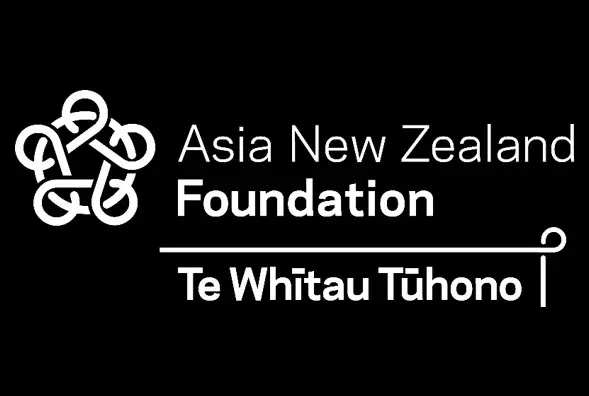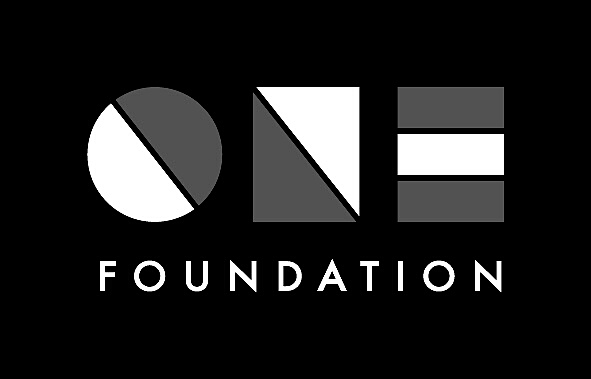Para Sport Classification Systems
Lexi uses traffic‑light colours to illustrate each sports class
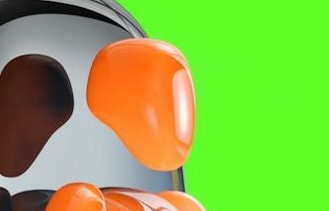
See an overview of classification in each Para sport.
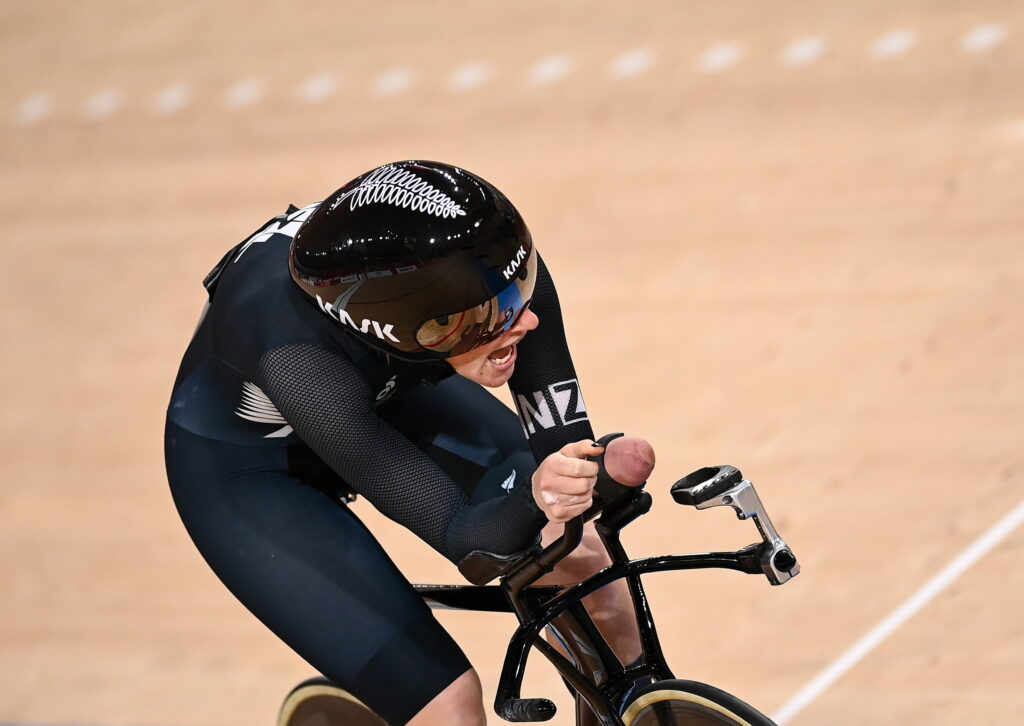
- Check out the Quick Guide to Para Sport Eligibility.
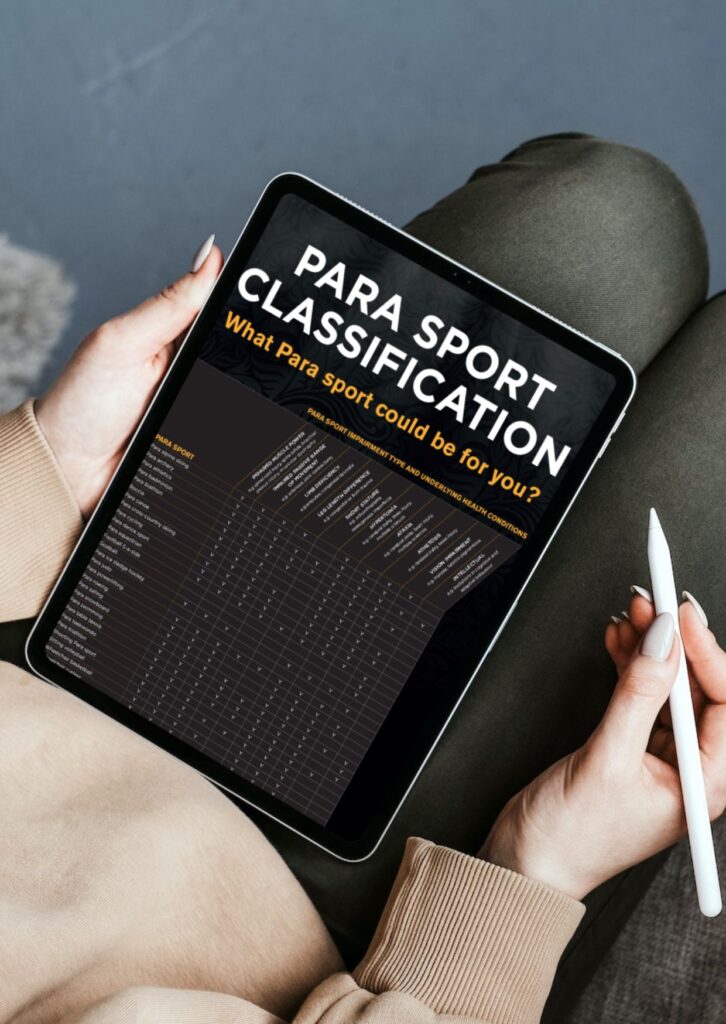
International Federations develop their sport’s classification system
Classification systems differ by Para sport and are developed by the International Federations (IF) governing the sport. The International Federation is also responsible for reviewing the system from time to time. IFs decide which eligible impairment types their sport will cater to.
Some Para sports are only designed for athletes with one eligible impairment type. Goalball, for example, is only open to athletes with visual impairment. Other sports, such as Para athletics and Para swimming, are open to athletes with any of the 10 eligible impairments recognized by IPC.
The Minimum Impairment Criterion
IFs also decide how severe impairment must be in order for an athlete to be eligible to compete in their sport. For an athlete to be eligible the impairment must be severe enough that it impacts his or her sport performance. This is called the ‘Minimum Impairment Criterion’. If an athlete fails to meet the Minimum Impairment Criterion, it does not question the presence of a genuine impairment; it is only a ruling on the eligibility of the athlete to compete in a particular sport under the IF Sport Rules.
Impairments affect performance in different sports in different ways
Since different sports require different abilities, each sport logically requires its own classification system. For example, an impairment of the arms affects performance in a running event in athletics to a lesser extent than it affects performance in swimming.
The only exception to the sport-specific character of Paralympic classification is the classification for athletes with visual impairment. This system is still a medical system and the sport class allocated therefore applies across all sports (but the naming of the class may differ).
